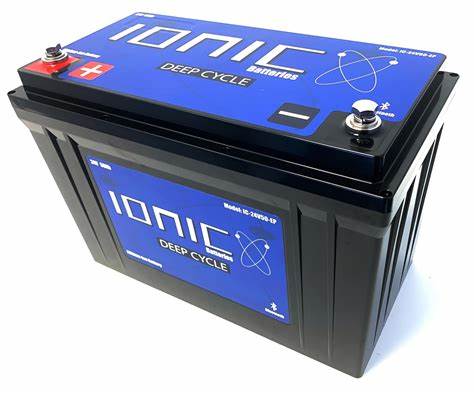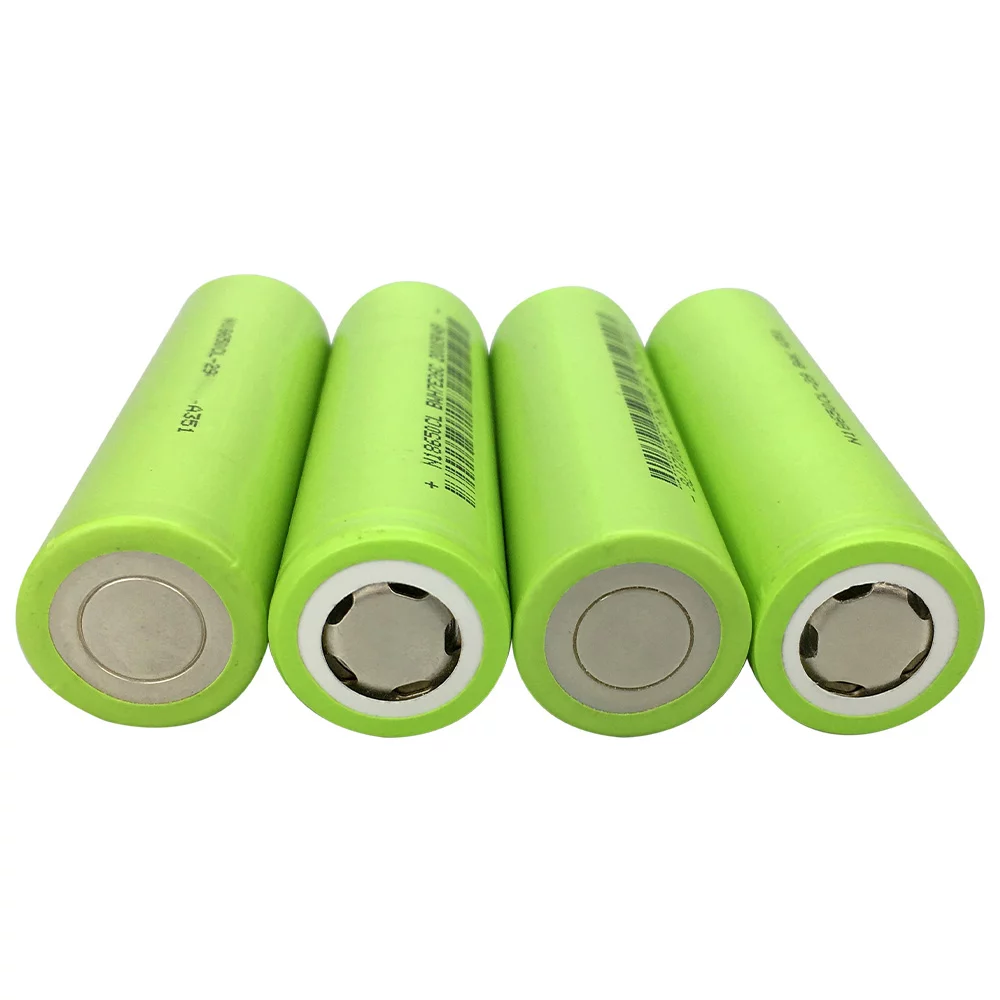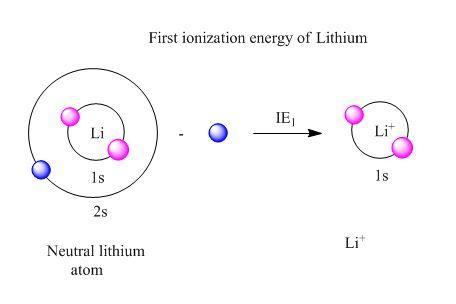Product
Lithium-ion batteries
Introduction
Lithium-ion batteries are rechargeable energy storage devices that rely on lithium compounds as key components. The lithium compound typically used in the cathode is lithium cobalt oxide (LiCoO2), which plays a crucial role in the battery's performance.
-
Preparation using traditional method
The traditional method for preparing lithium cobalt oxide involves high-temperature solid-state reactions. Lithium carbonate and cobalt oxide are mixed and heated at temperatures exceeding 700°C to form the desired compound. This method has been widely employed for many years but has some notable disadvantages.
-
Reaction
The reaction between lithium carbonate and cobalt oxide at high temperatures leads to the formation of lithium cobalt oxide (LiCoO2) through a solid-state reaction. This process can be highly energy-intensive and may generate significant waste and environmental concerns.
-
Disadvantages of traditional method
The main disadvantage of the traditional preparation method is its high energy consumption and the need for elevated temperatures. These factors contribute to increased production costs, energy waste, and potential environmental harm due to the release of greenhouse gases during high-temperature processes.
-
Preparation using Green method
A more environmentally friendly and sustainable approach to preparing lithium cobalt oxide involves green methods, such as sol-gel synthesis or co-precipitation. These methods use milder conditions and reduce energy consumption and waste generation.
-
Reaction
In the green preparation methods, lithium and cobalt precursor compounds are dissolved in a solution, and chemical reactions occur at lower temperatures, often at or near room temperature. This allows for precise control over the composition and properties of the resulting lithium cobalt oxide.
-
Advantages of Green method
The primary advantage of green methods for preparing lithium cobalt oxide is their reduced environmental impact, lower energy requirements, and enhanced control over product quality. These methods align with sustainable and eco-friendly principles, making them more appealing for battery manufacturing.
-
Applications
Lithium cobalt oxide prepared using both traditional and green methods serves as a critical component in lithium-ion batteries, which power various devices such as smartphones, laptops, electric vehicles, and renewable energy storage systems. The efficient preparation of this compound influences the performance and environmental footprint of these vital energy storage devices.


